Explore the Best AI Image Gallery

Painting with Pixels: How AI Images Are Transforming Design
The realm of design is undergoing a seismic shift, driven by the emergence of artificial intelligence (AI) and its ability to generate stunningly realistic and imaginative images. This technology, often referred to as AI image generation, is empowering designers, artists, and even everyday users to create visuals that were once confined to the realm of science fiction.
From conceptualizing logos and marketing materials to crafting intricate illustrations and photorealistic renderings, AI image generators are proving to be invaluable tools in the creative process. This blog post delves into the multifaceted impact of AI images on the design industry, exploring its potential uses, ethical considerations, and future trends.
A New Arsenal for Designers
One of the most significant impacts of AI image generation is the democratization of design. Previously, creating high-quality visuals often required specialized software, technical expertise, and considerable time investment. Now, user-friendly AI platforms allow individuals with limited design experience to generate compelling images with just a few prompts or keywords.
- Streamlined Workflow: AI image generators can rapidly produce multiple variations of a design concept, allowing designers to iterate and refine their ideas more efficiently.
- Overcoming Creative Blocks: When faced with a design challenge, AI can offer fresh perspectives and unexpected visuals, sparking new ideas and overcoming creative stagnation.
- Personalized Content Creation: AI can generate customized images tailored to specific brand identities, marketing campaigns, or individual user preferences.
Beyond Aesthetics: Expanding Design Horizons
The applications of AI image generation extend far beyond simply creating visually appealing designs. This technology is also transforming the way we approach problem-solving and innovation in various design fields:
- Product Design: AI can generate realistic 3D models of products, allowing designers to visualize and iterate on their concepts before physical prototyping.
- Architecture & Urban Planning: AI can create immersive visualizations of architectural designs and urban landscapes, aiding in planning and communication.
- User Interface (UI) Design: AI can generate mockups and prototypes for user interfaces, streamlining the design process and enhancing user experience.
Navigating Ethical Considerations
As with any powerful technology, AI image generation raises important ethical considerations that must be carefully addressed:
- Copyright & Ownership: Questions surrounding the ownership and copyright of AI-generated images are still being debated. Who owns the rights to these creations—the user who provides the prompt, the AI developer, or the platform itself?
- Bias & Representation: AI models are trained on vast datasets, which can contain inherent biases that may be reflected in the generated images. It is crucial to ensure that AI-generated content is diverse and representative of all communities.
- Misinformation & Deepfakes: The ability to create hyperrealistic images raises concerns about the potential for misuse, such as generating fake news, propaganda, or impersonating individuals.
The Future of Design: A Collaborative Landscape
Looking ahead, AI image generation is poised to continue reshaping the design industry. We can anticipate:
- Enhanced Creativity & Collaboration:** AI will serve as a powerful tool for augmenting human creativity, enabling designers and artists to explore new ideas and collaborate more effectively.
- Personalized Experiences: AI-generated content will play a key role in creating highly personalized experiences for users across various platforms and industries.
- Evolving Ethical Frameworks:** As AI technology advances, ongoing discussions and collaborations will be crucial to establish ethical guidelines and ensure responsible development and deployment of AI image generation tools.
The fusion of AI and design is ushering in a new era of creative possibilities. By embracing this transformative technology while addressing its ethical implications, we can unlock its immense potential to elevate the art and science of design.

](https://images.ai-img.art/thumbnails/150/469bffae134ea97666025052588e76bb4dd4b6b98c4888cfd7873929a73156ff.webp)



](https://images.ai-img.art/thumbnails/150/985b7bf314caa205e59a2c973e979ce77cf5b24ca39799fffe2e30ea7c79ef07.webp)
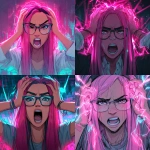

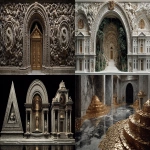
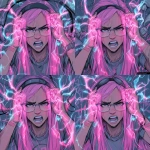

](https://images.ai-img.art/thumbnails/150/4c67c727683a835917441757b71ace563950f9178fa4826e09a55cfb092ac715.webp)




](https://images.ai-img.art/thumbnails/150/b94716d4b88da3e1ec3ab12162616a52ff5698251ac791ddf8478649889a0f47.webp)

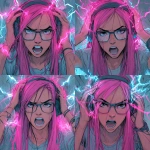






](https://images.ai-img.art/thumbnails/150/fe996254fcb758c1365f3a22783ee6112ed5e34579deb401de674b06938efb2a.webp)






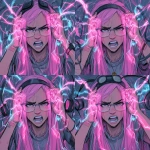


](https://images.ai-img.art/thumbnails/150/4c5bdb0a0a1f761a911521333b9e3463c885aa247b42d1d311a97f2aa2c513d2.webp)




